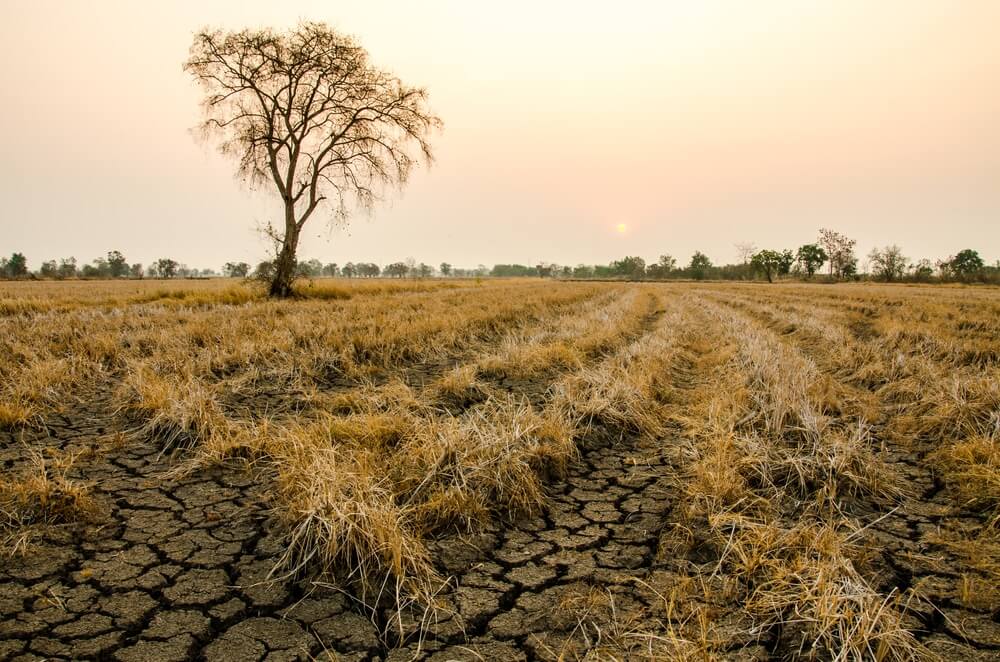
Droughts Shrink Hydropower
Severe droughts are drying out rivers and reservoirs critical for developing zero-emissions hydropower in several nations worldwide. This is forcing governments to rely more heavily on fossil fuels in some situations.
Emerging issues with hydropower generation in countries such as the United States, China, and Brazil hydropower is the world’s leading renewable energy source. They account for over 16% of global electricity generation (IEA).
Droughts caused by climate change have caused the most significant disruptions in hydropower generation in decades. This particularly occurred in locations like the western United States and Brazil this year. China is still struggling to recover from the effects of last year’s severe drought on hydro output. Particularly in the country’s southwest Yunnan region.
According to the IEA, flooding and debris from megastores forced the shutdown of two power stations in Malawi last year. This lowered hydropower capacity from 320 megawatts (MW) to 50 MW. These impacts have compelled power grid operators to rely more heavily on thermal power plants.
Shutdown at lake
Because of low water levels, the State Water Project in California shut down a 750-MW hydroelectric generating facility at Lake Oroville this month. In excellent years, the facility can power 500,000 houses. According to Cary Fox, electricity plants at Lake Shasta, the largest reservoir in the federal government’s Central Valley Project in California, generated approximately 30% less power this summer than usual.
During the summer, the lake produces roughly 710 MW, but only 500 MW in July, according to Fox. According to the authorities, output at the massive 2,000 MW Hoover Dam on the Colorado River’s border between Nevada and Arizona fell by roughly 25% last month.
Drought in Brazil
Drought has reduced water flows into hydro dams to a 91-year low in Brazil. Their hydroelectric power is the primary source of electricity at 61%, according to the country’s mines and energy minister. In an online briefing with reporters, Brazil Mines and Energy Minister Bento Albuquerque stated a surge in power lines’ construction to reroute electricity to where it is needed. Diversification away from hydro, solar, and wind will also help the country deal with future calamities and eliminate water rationing.
Are we saving the planet?
According to government figures, the drought in China’s Yunnan area last year reduced hydropower generation by almost 30% in the first five months of 2020.
A recent study conducted by Nanjing academics looked into the probable influence of climate change and rising temperatures on Yunnan hydropower generation. Their models predicted less rain and snowfall during the October-April drought season. In addition, they predicted more rain and snowfall during the summer rainy season.




